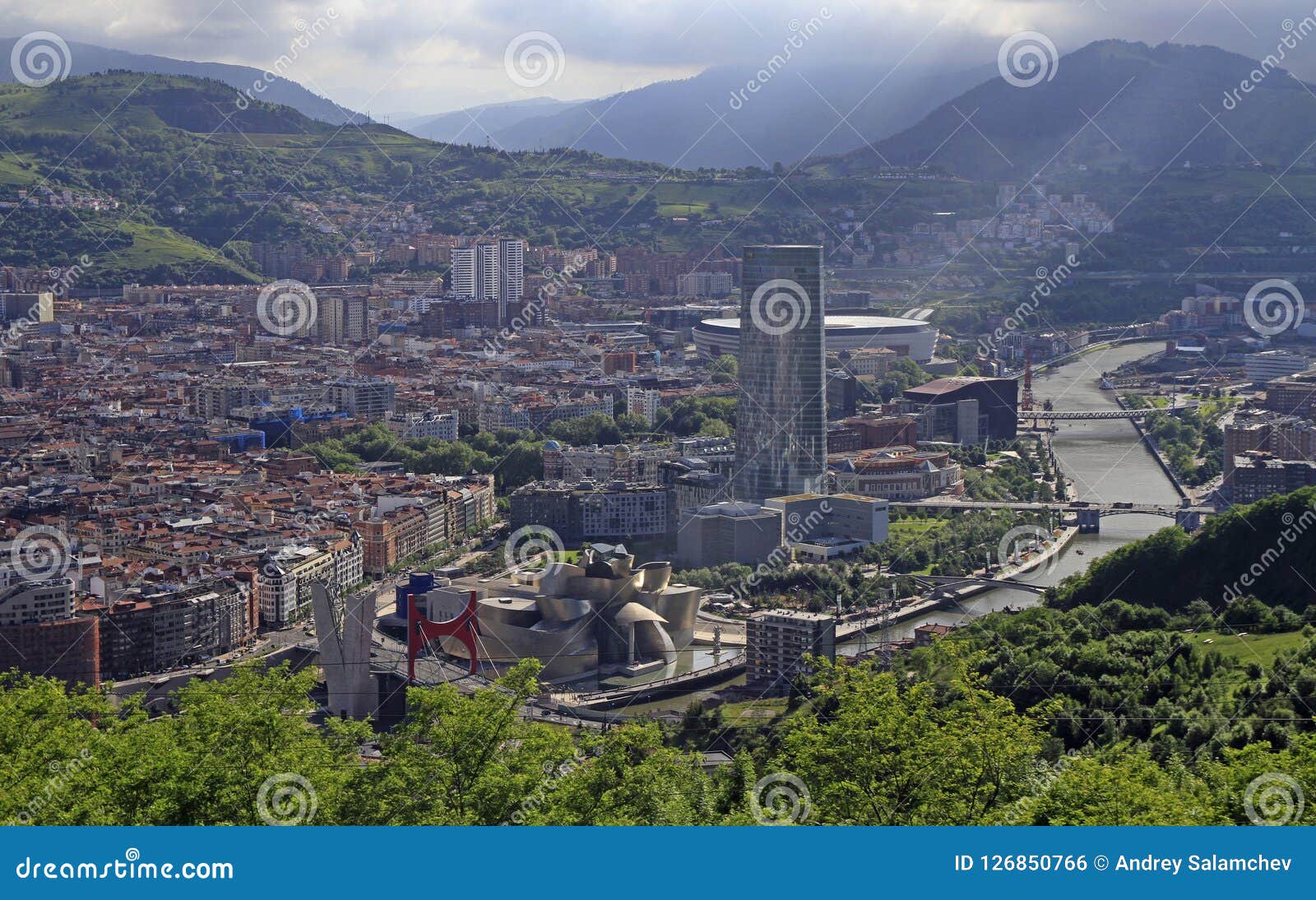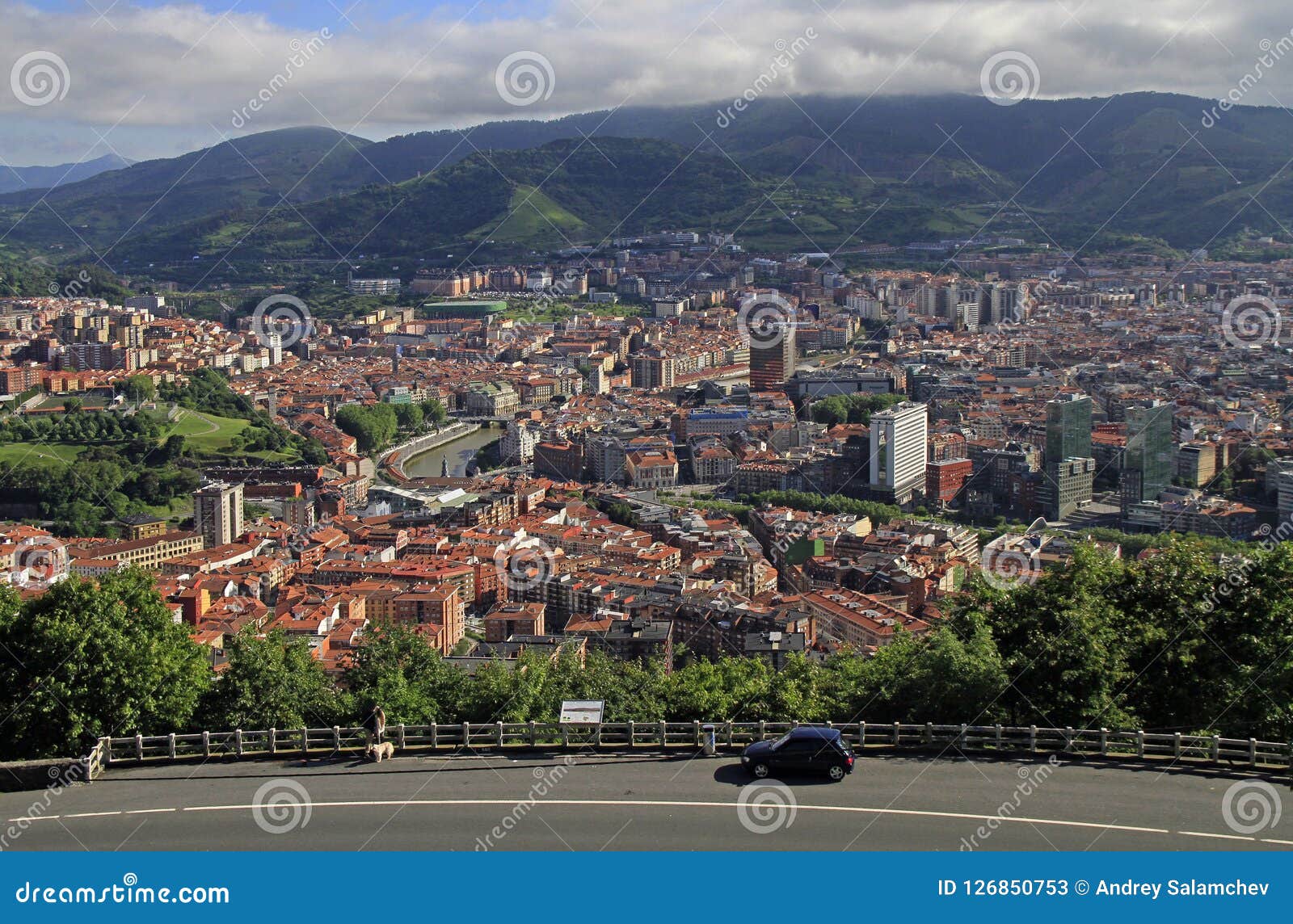Picture this: A land where ancient traditions meet modern innovation, where the aroma of freshly baked pintxos fills the air, and where the spirit of independence thrives. Welcome to the capital of the Basque Country, a place that will steal your heart and leave you yearning for more. If you're curious about what makes this corner of the world so special, you're in the right place.
This region is more than just a geographical location; it's a melting pot of culture, history, and culinary excellence. The capital of the Basque Country isn't just a city—it's a soulful destination that invites you to explore its hidden gems and vibrant streets. Whether you're a history buff, a foodie, or a culture enthusiast, this article has got you covered.
Before we dive into the nitty-gritty, let's set the scene. Imagine walking through cobblestone streets, sipping on a glass of txakoli, and marveling at the stunning architecture that defines this unique part of Spain. Ready to embark on this adventure? Let's get started!
- Susan Harris Writer The Pen Behind The Pages
- Hollywood Erome The Untold Story Of A Rising Star In The Spotlight
What Makes the Capital of the Basque Country So Special?
Let's kick things off with the basics. The Basque Country is an autonomous community in northern Spain, and its capital, Bilbao, is the heart and soul of the region. But what makes Bilbao stand out? For starters, it's a city that seamlessly blends tradition with modernity. From its rich history to its cutting-edge architecture, Bilbao has something for everyone.
One of the standout features of the capital of the Basque Country is its cultural significance. The Basque people have a unique identity, language, and traditions that set them apart from the rest of Spain. This sense of identity is deeply ingrained in every aspect of life in Bilbao, from the way people greet each other to the festivals they celebrate.
A Brief History of the Basque Country's Capital
Bilbao wasn't always the bustling metropolis it is today. Back in the day, it was a humble fishing village that grew into a major industrial hub. The city's transformation began in the late 20th century when it underwent a massive urban renewal project. This project, known as the "Bilbao Effect," turned the city into a global tourist destination.
- Revolutionize Your Marketing Strategy With Redners Ads
- Sarah Pender Boyfriend The Inside Scoop Youve Been Waiting For
- The Guggenheim Museum opened its doors in 1997, putting Bilbao on the map as a cultural hub.
- The city invested heavily in public transportation, making it one of the most accessible cities in Spain.
- Bilbao's old town, known as Casco Viejo, was restored to its former glory, attracting visitors from all over the world.
Exploring the Capital of the Basque Country: Must-Visit Attractions
Now that you know a bit about the history of Bilbao, let's talk about what you can expect when you visit. The capital of the Basque Country is packed with attractions that cater to all kinds of travelers. Whether you're into art, history, or nature, there's something for everyone in Bilbao.
The Guggenheim Museum: A Modern Marvel
No trip to Bilbao is complete without a visit to the Guggenheim Museum. This iconic building, designed by architect Frank Gehry, is a masterpiece in its own right. The museum houses an impressive collection of contemporary art, including works by famous artists like Jeff Koons and Anselm Kiefer.
Casco Viejo: A Walk Through Time
For a taste of old-world charm, head to Casco Viejo, the historic heart of Bilbao. This area is filled with narrow streets, quaint cafes, and vibrant markets. Don't miss the famous Santiago Cathedral, a stunning example of Gothic architecture.
Delicious Delights: The Culinary Scene in the Basque Country's Capital
When it comes to food, the Basque Country is a paradise. Bilbao is home to some of the best pintxos bars in the world, offering a taste of local flavors in every bite. Pintxos are small, bite-sized snacks that are perfect for sharing with friends. Some popular options include:
- Tortilla de bacalao (cod omelet)
- Gilda (a skewer of olive, anchovy, and pickled pepper)
- Chorizo al whiskey (chorizo cooked in whiskey)
And let's not forget about the wine! The Basque Country is famous for its txakoli, a crisp, refreshing white wine that pairs perfectly with pintxos. Cheers to that!
The Language and Culture of the Basque People
One of the most fascinating aspects of the Basque Country is its unique language, Euskara. This ancient tongue has no known linguistic relatives and is spoken by around 750,000 people. In Bilbao, you'll notice that many signs and menus are written in both Spanish and Euskara, reflecting the region's bilingual nature.
The Basque people are known for their strong sense of community and tradition. Festivals like Aste Nagusia and San Juan are celebrated with great enthusiasm, featuring music, dance, and fireworks. If you're lucky enough to visit during one of these events, you're in for a treat!
Fun Facts About the Basque Country
- The Basque Country has its own flag, known as the Ikurriña.
- Basque pelota, a traditional sport, is still played in many towns and cities.
- The Basque Country is one of the wealthiest regions in Spain, thanks to its strong economy.
Getting Around the Capital of the Basque Country
Getting around Bilbao is a breeze, thanks to its efficient public transportation system. The city has a modern metro system that connects all major neighborhoods, making it easy to explore. If you prefer to walk, Bilbao's compact size means you can reach most attractions on foot.
Taxis and ride-sharing services are also readily available, offering a convenient way to get around. And if you're feeling adventurous, consider renting a bike to explore the city's many parks and green spaces.
Where to Stay in Bilbao
When it comes to accommodations, Bilbao has something for every budget. From luxury hotels to cozy guesthouses, you'll find plenty of options to suit your needs. Some popular neighborhoods to consider include:
- Indautxu: A trendy area with plenty of bars and restaurants.
- Deusto: A quieter neighborhood with a more local vibe.
- Abando: Close to the Guggenheim Museum and the city center.
Practical Tips for Visiting the Capital of the Basque Country
Before you pack your bags, here are a few tips to help you make the most of your trip:
- Learn a few basic phrases in Euskara to impress the locals.
- Be prepared for variable weather; bring layers and an umbrella.
- Visit the Guggenheim Museum early in the morning to avoid crowds.
Conclusion: Why the Capital of the Basque Country Should Be on Your Bucket List
In conclusion, the capital of the Basque Country is a destination that offers something for everyone. From its rich history and vibrant culture to its world-class cuisine and stunning architecture, Bilbao is a city that will leave a lasting impression. So why wait? Start planning your trip today and discover the magic of the Basque Country for yourself.
We'd love to hear about your experiences in Bilbao. Leave a comment below and let us know what you thought of the city. And don't forget to share this article with your friends and family who might be interested in visiting the capital of the Basque Country. Happy travels!
Table of Contents
- What Makes the Capital of the Basque Country So Special?
- A Brief History of the Basque Country's Capital
- Exploring the Capital of the Basque Country: Must-Visit Attractions
- The Guggenheim Museum: A Modern Marvel
- Casco Viejo: A Walk Through Time
- Delicious Delights: The Culinary Scene in the Basque Country's Capital
- The Language and Culture of the Basque People
- Getting Around the Capital of the Basque Country
- Where to Stay in Bilbao
- Practical Tips for Visiting the Capital of the Basque Country
- Riley Reid News The Latest Updates And Buzz Surrounding The Adult Industryrsquos Favorite Star
- Jeremy Roloff Nude Separating Facts From Fiction In The Spotlight


